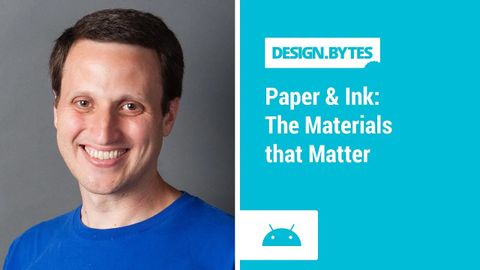
字幕と単語
DesignBytes.紙とインク。重要な素材 (DesignBytes: Paper and Ink: The Materials that Matter)
00
sgh7 が 2021 年 01 月 14 日 に投稿保存
動画の中の単語
step
US /stɛp/
・
UK /step/
- n. (c./u.)(ダンスの)ステップ;一歩の距離 : 歩程;段階;足音;(階段などの)段 : 踏み段
- v.i.歩く : 踏む
A1 初級TOEIC
もっと見る エネルギーを使用
すべての単語を解除
発音・解説・フィルター機能を解除
